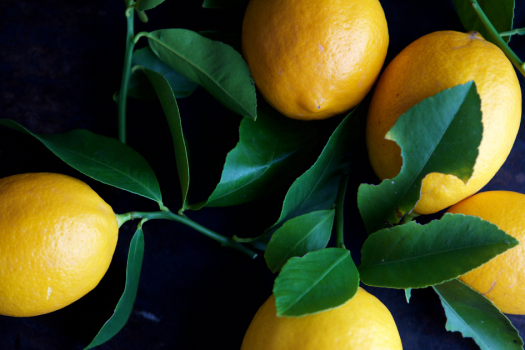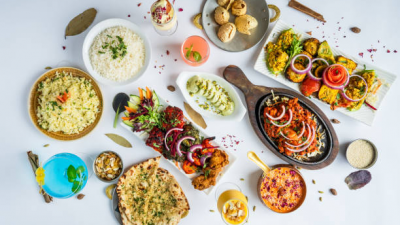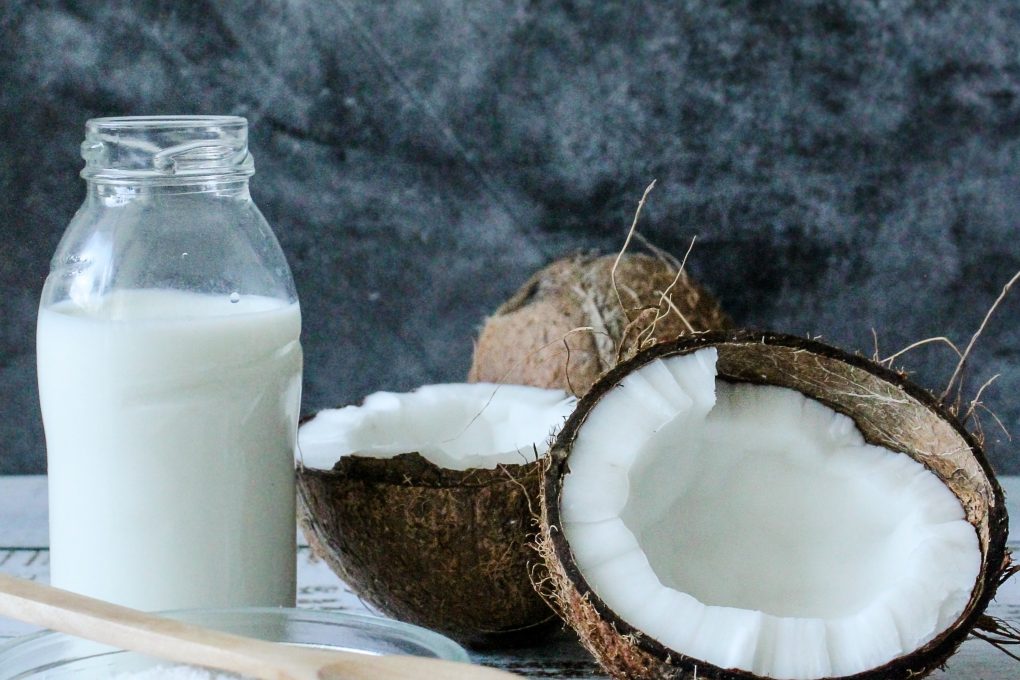Although you may use them interchangeably, lemons and limes are very different. Both are fruit used in cooking and drinks, but they have different sizes, colours, and tastes.
Limes and Lemons: The size and colour are different.
The first thing to note is that limes are generally smaller than lemons, which means they can be more difficult to cut open if you don’t have a good knife. The second thing is that lime skin tends to be lighter in colour than lemon skin, with a bit more yellow in it. Finally, when you squeeze the juice out of a lime versus a lemon, there is usually more sourness present—which may or may not be desirable depending on your recipe!
If you’re looking for something sweet and citrusy but don’t want either of these fruits’ pith (the white stuff between peel and flesh), try using blood oranges instead; their bright red colour will look beautiful with whatever dish you’re making! Blood orange juice also has less acidity than regular orange juice, so it won’t burn up all those yummy spices from your curry recipe as quickly.
The taste is different, though the scent is almost the same.
It’s not just that they look different. It’s also their taste. Lime is often sweeter and more fragrant than lemon, but it can still be sour and bitter at the same time. Lemons are more acidic than limes (which means they taste tangier), but they’re still sweet enough to balance out the sourness.
Lime is green in colour, while lemons are yellow due to their higher concentration of citric acid.
Both can be used in baking, cooking or drinks.
Lime and lemon are used extensively in cooking, baking, drinks and cocktails.
- They both make a great garnish for salads.
- They can be used to add flavour to desserts (especially lemon).
- Both can be used for cooking fish or chicken dishes.
They have different amounts of vitamins A, B6, C and E.
Lemons and limes differ in the number of certain vitamins. Limes have more vitamin C than lemons, and lemons have more vitamin A, vitamin B6 and Vitamin E.
No need to stop using lemons if you’re out of limes. Both are great additions to your kitchen!
Although lemon is not a lime and vice versa, both are fantastic citrus fruits. You can use them in cooking and to promote good health. Don’t stop using lemons if you’re out of limes! They will work equally well as a substitute. Lemons and limes have many similar properties.
Lemons and limes are members of the citrus family, meaning they contain vitamin C, which aids digestion and supports your immune system. They also contain calcium and potassium, and limes are rich in vitamin A (aka retinol), helping you keep your eyes healthy.
Conclusion
Now that you know the difference between limes and lemons, you can feel more confident using them in your cooking. These are great fruits that have many different uses!
Just remember one thing: if you’re out of lemons but have plenty of limes on hand, don’t worry about it! The flavours are similar enough that switching up your recipes won’t make them taste bad (or vice versa). As long as they’re not substitutes for each other completely (like blueberries vs strawberries), try these two citrus fruits together today!
















